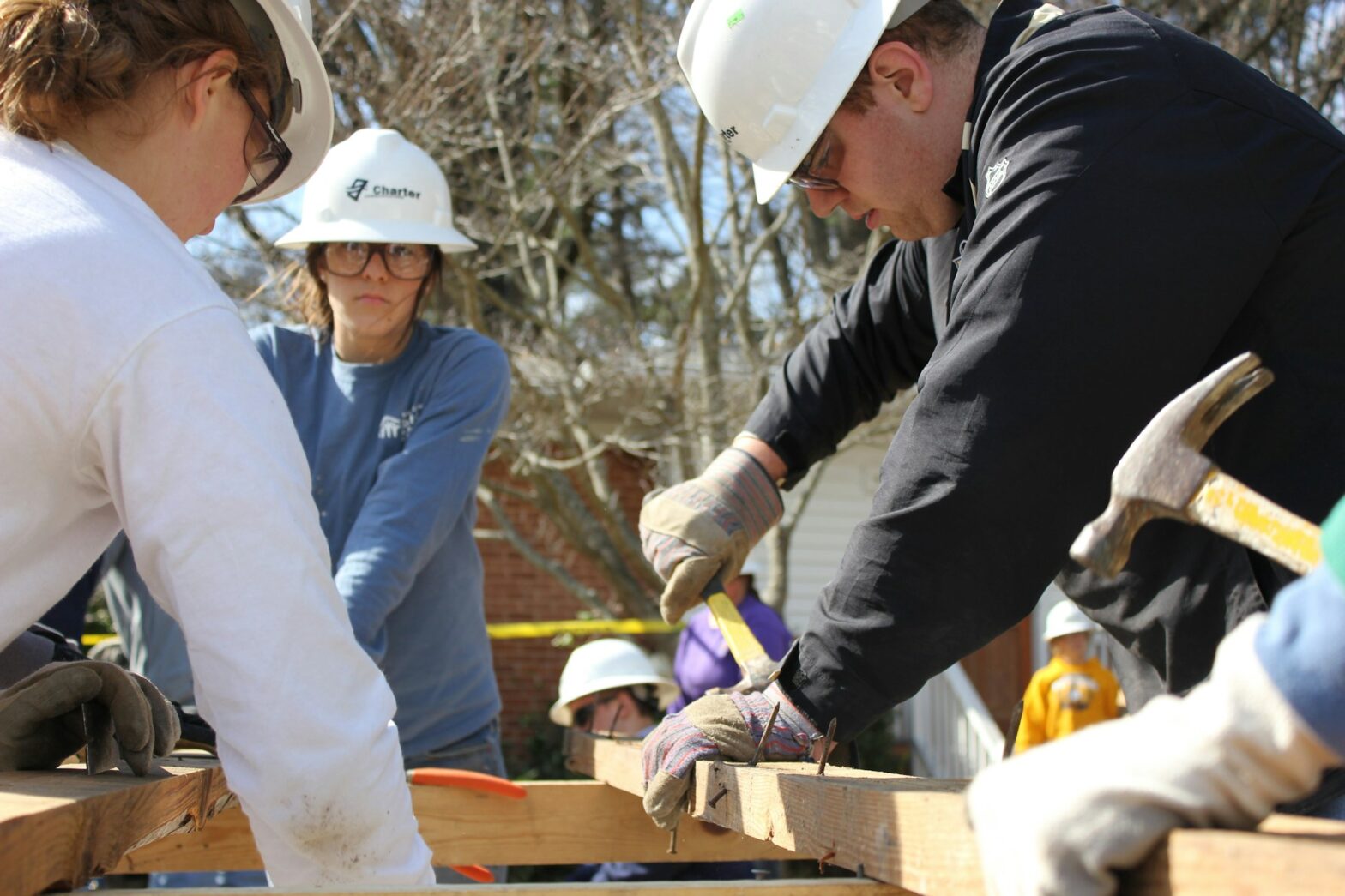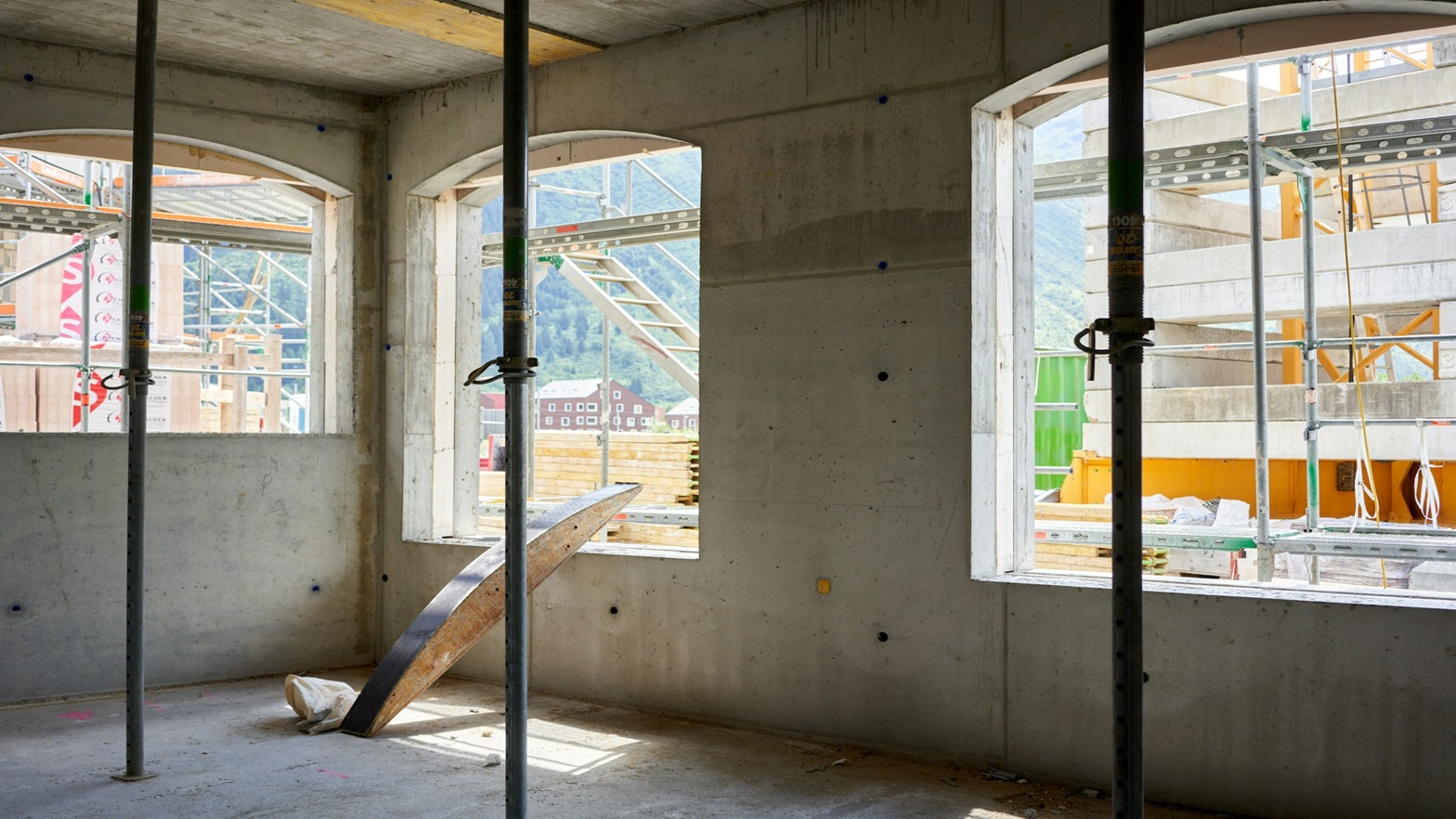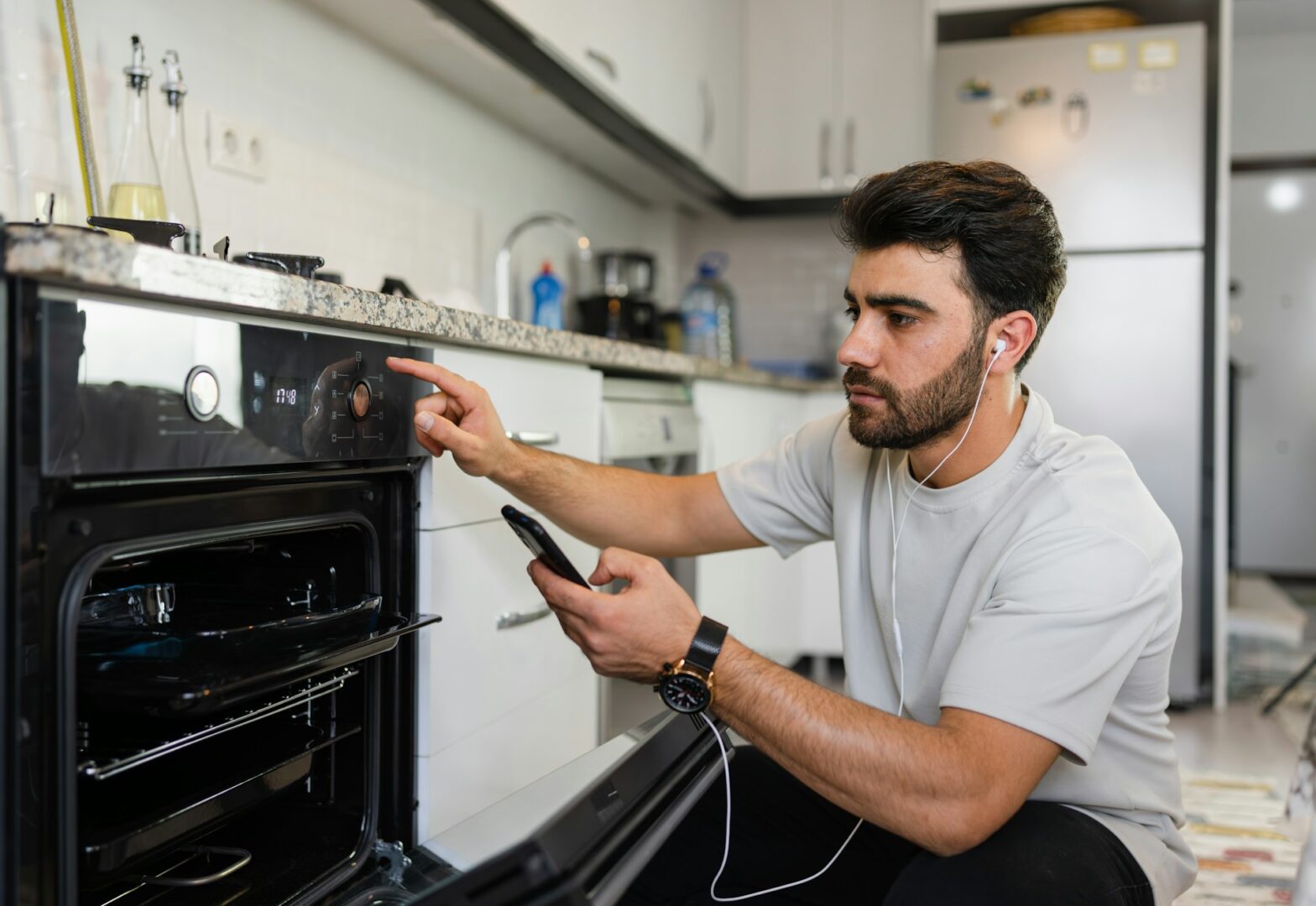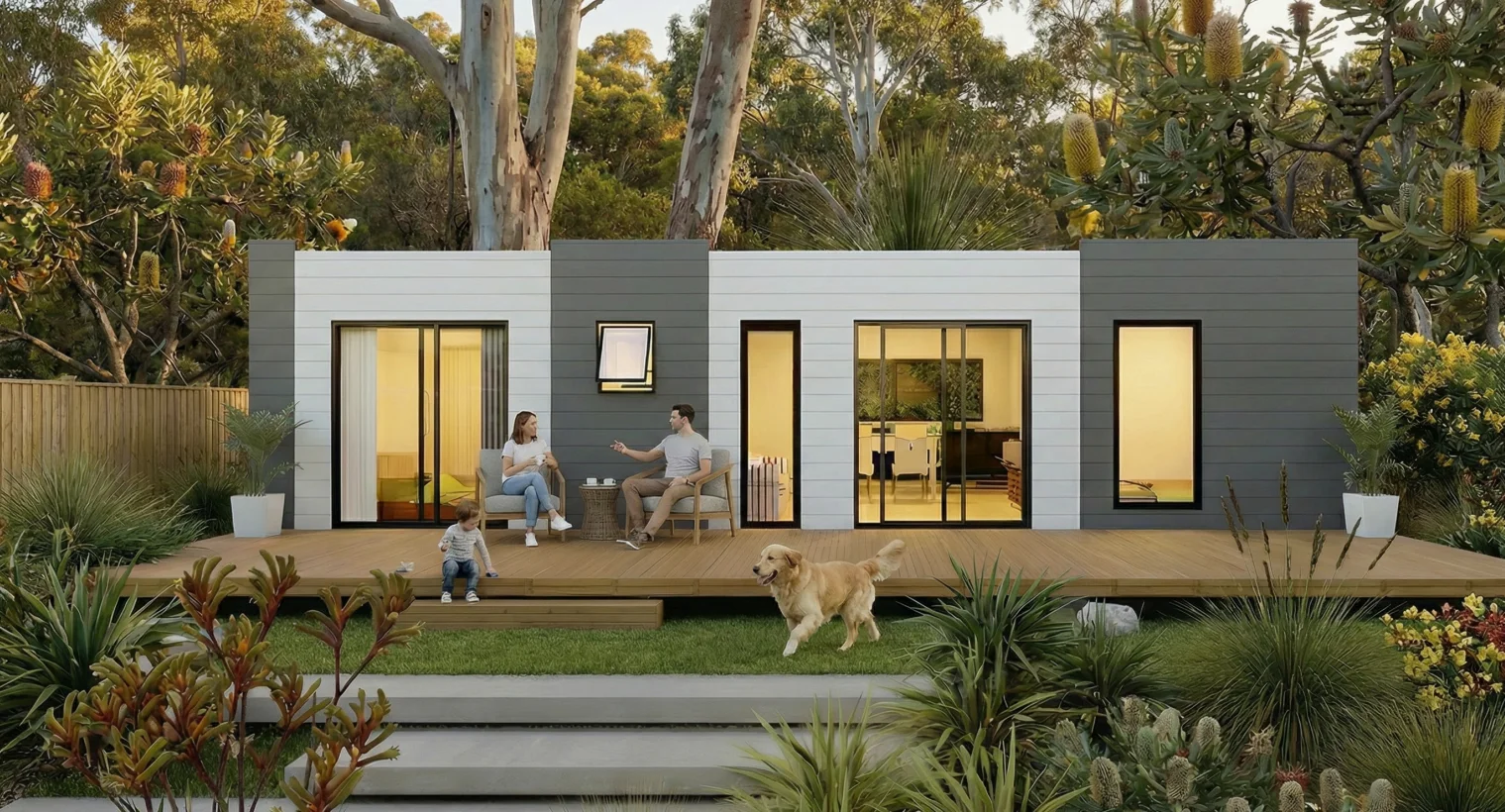As the world is faced with an irreversible climate disaster, the drive towards environmentally friendly living is gaining momentum. Homeowners are not exempt from these environmental challenges, and are embracing green building practices. This approach seeks to offset the environmental damage caused by traditional construction methods by incorporating various practices to build efficient and cost-effective homes.
Principles of Eco-Friendly Construction
Sustainable building centers on energy efficiency and renewable energy use. The core idea is to ensure that construction is environmentally friendly from the start up to the date that the home is ready for occupation. By focussing on aspects such as energy conservation and by using clean energy such as solar panels, the construction of a home’s environmental impact can be minimized.
Eco-friendly construction does however extend beyond energy considerations. A holistic approach needs to be undertaken to ensure compliance. From the materials used to construct a home up to the demolition of a home needs to be done in a manner that does not impact the environment in any way. This will ensure that every decision in a home’s life cycle contributes to the overall sustainability of the structure.
Materials and Techniques for Building Eco-Friendly Homes
Eco-friendly construction leans heavily on sustainable and recycled materials. Builders are increasingly turning to reclaimed wood, recycled steel, and greener concrete alternatives. These choices help curb waste and ease the demand for new resources, which often come at a high environmental cost.
But it’s not just about the materials themselves. Less waste is produced by alternative construction such as 3D printing or prefabricated building methods. Builders are thus able to have less of an impact on the environment while reducing wasted costs and speeding up construction times.
Energy-Efficient Home Systems
A truly sustainable home needs more than just green materials. Homes for sale in Texas and other parts of the country feature an interior that can be energy efficient as they are using components such as LED lighting or energy efficient HVAC systems, while monitoring energy use through smart meters.
However, it’s not all about high-tech solutions. Smart design choices play a crucial role too. Strategically placing windows to maximize natural light and implementing passive solar design can significantly reduce the need for artificial lighting and temperature control. These passive strategies work hand in hand with active systems to create a home that’s both comfortable and energy-efficient.
Benefits of Sustainable Living
Going green isn’t just good for the planet; it can be a smart financial move too. Eco-friendly homes typically boast:
- Lower utility bills due to reduced energy and water consumption due to smart meters
- Potential tax incentives for implementing green technologies
- Higher property values as demand for sustainable homes grows
- Improved indoor air quality, leading to better health for occupants
- Greater resilience to climate change and extreme weather events
The environmental benefits are significant and far-reaching. These homes have a much smaller carbon footprint, contributing to the global fight against climate change. They also tend to use fewer resources over their lifetime, helping to preserve natural habitats and biodiversity.
Embracing a Sustainable Future
The future of home construction does not have to be negatively connected to the environment. By promoting the use of eco-friendly construction methods, healthier and more energy efficient homes can be created, contributing to the well-being of our planet. By embracing modern technology, homeowners can ensure that their home contributes to sustainable living practices.
The shift towards eco-friendly home construction is gaining momentum with each passing year. As more people recognize the benefits and adopt these practices, we move closer to a future where sustainable homes are the norm rather than the exception.





























